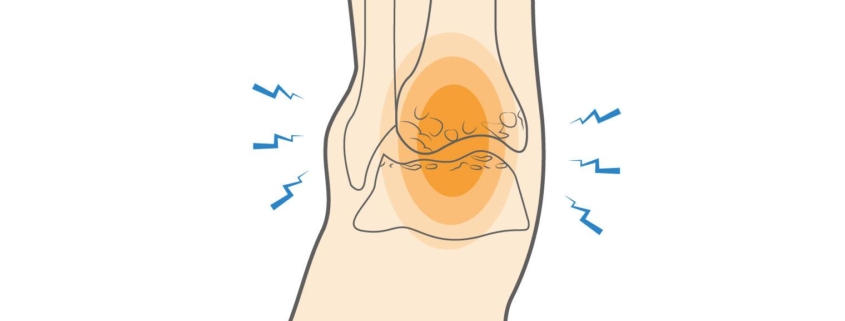
Ankle Arthritis
Overview
Ankle arthritis, also known as osteoarthritis of the ankle, is a condition characterized by the gradual wearing down of the cartilage in the ankle joint. This deterioration leads to pain, swelling, and difficulty in movement. With more than 30 million adults being affected by arthritis in their various joints in the U.S. alone, it’s important to understand how to manage and alleviate the effects of this common aility.
Types
There are three primary types of arthritis that can affect the ankle:
1. Osteoarthritis: This is the most common type and involves the gradual wearing down of the cartilage over time.
2. Rheumatoid Arthritis: This is an autoimmune disorder where the body’s immune system attacks the lining of the joint.
3. Post-traumatic Arthritis: This type can develop following a significant injury, such as a fracture or sprain, to the ankle.
Causes
The major factors that contribute to ankle arthritis include:
– Aging: As we grow older, the cartilage in our joints naturally deteriorates.
– Overuse: Using the ankle joint excessively can wear it down over time.
– Injury: Injuries can damage the cartilage and lead to the development of arthritis later in life.
Symptoms
Symptoms of ankle arthritis can range from mild to severe, and may include:
– Persistent pain or soreness in the ankle.
– Swelling or inflammation around the ankle joint.
– Difficulty moving the ankle, especially after periods of rest or inactivity.
– Ankle deformity in severe cases.
Diagnosis
Diagnosis of ankle arthritis generally involves a physical examination and a review of your medical history. However, your doctor may also order diagnostic tests such as X-rays, an MRI, or blood tests to confirm the diagnosis.
Treatment Options
While there’s currently no cure for ankle arthritis, there are treatment options available to help manage symptoms and improve quality of life:
– Medication: Nonsteroidal anti-inflammatory drugs (NSAIDs) can help to manage pain and inflammation.
– Physical Therapy: Regular exercise can help to enhance strength, flexibility, and mobility in the affected joint.
– Weight management: Maintaining a healthy weight can reduce strain on the ankle joint.
– Assistive Devices: Devices such as braces or canes can aid in mobility and offer some relief.
– Surgery: In severe cases, ankle replacement surgery or fusion surgery may be recommended.
Living With Ankle Arthritis
Living with ankle arthritis can be challenging, but there are practical steps you can take to manage your symptoms and enhance your quality of life:
– Stay active: Regular, low-impact exercise can help keep your joints flexible.
- Medication management: Take your medications as directed by your doctor, and report any side effects or adverse reactions.
– Balanced diet: Eating a balanced diet rich in antioxidants, Omega-3 fatty acids, and other anti-inflammatory foods can help control inflammation.
– Stress management: High levels of stress can worsen arthritis symptoms. Techniques such as deep breathing, yoga, or mindfulness meditation can help manage stress.
When to Seek Help
Seek immediate medical attention if you experience any of the following:
– Severe, sudden pain in the ankle.
– Visible deformity or change in shape of the ankle.
– Difficulty or inability to move the ankle.
– Signs of infection, such as increased swelling, redness, or warmth in the ankle.
